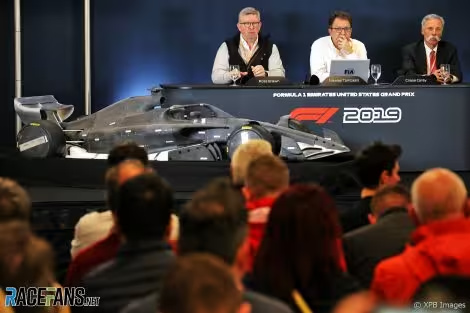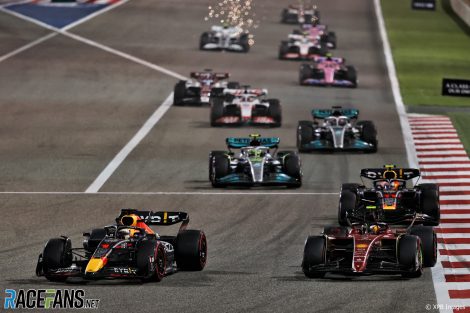When Formula 1’s ground effect revolution first came into effect at the beginning at the start of the 2022 season, the aim was simple: Allow for closer, better racing.
By trying to give chasing drivers more of a chance against the dreaded ‘dirty air’ effect – the invisible force field that prevents drivers from getting close due to aerodynamic disturbance on their own cars – there should be more opportunities for drivers to attempt overtaking moves and, thus, improve the quality of racing.
For over a decade leading up to 2022, the sport had relied heavily on the divisive Drag Reduction System to help give drivers a better chance to overtake. Allowed only in pre-determined sections of the track and only when within one second of a rival car, DRS has produced many hundreds of passing moves over the years, but, as many would argue, at the cost of driver skill. After all, why attempt a daredevil dive to catch an opponent unaware, when you can sit and wait until the DRS zone to press a button and then breeze by on the straight.
For the start of F1’s new ground effect era, DRS remained at it had been the previous season in 2021. The reasoning was not just to help provide a direct comparison between new cars and old, but because the shift to underbody-dominant downforce meant less overbody drag than with the 2021 cars. As such, the natural slipstream effect of following behind another car on a straight was reduced, with a weaker tow potentially making it harder for drivers to get by on straights.
However, the FIA’s head of aerodynamics Jason Somerville suggested that the new technical regulations could eventually lead to the demise of DRS.
“I think DRS, for us, is a very tune-able feature,” he said during an interview with Peter Windsor. “It’s very circuit-dependent and it can be dialled in and out.
“I think most of us feel, longer-term, we’d very much like to try and phase DRS out if we can. But we didn’t think that was necessarily going to be the right thing to do overnight for these regulations.”
Advert | Become a RaceFans supporter and
Two-and-a-half years into the new regulations, there is finally an end in sight for DRS – but not under the current rules. While the overtaking aid will be replaced with a new ‘manual override’ power unit boost when the revised V6 turbo power units come into effect in 2026, it will continue to be a major part of racing until then.
Click Here to Read the Full Original Article at RaceFans…


